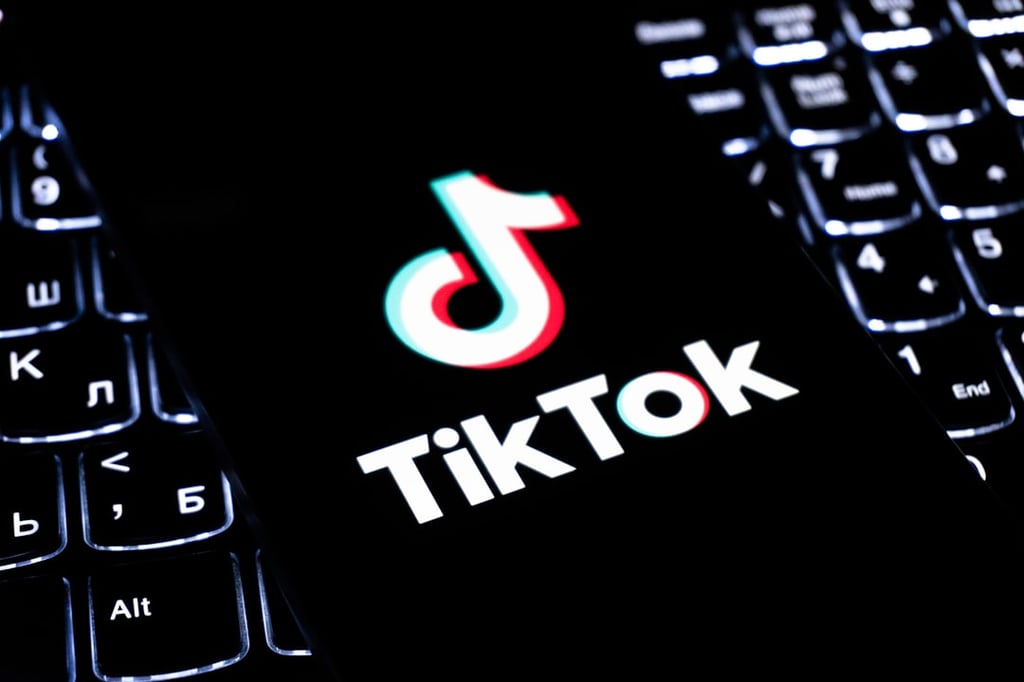Datamation content and product recommendations are
editorially independent. We may make money when you click on links
to our partners.
Learn More
The IPv4 address (define) space is finite and nearing exhaustion.
The answer is IPv6 (define), but that’s for the federal government and big business to deal with and is not something that smaller enterprise or even home office users can do anything about, right?
Not so fast. A 20-person startup called Hexago is set to debut a solution called HAP6 (Home Access Proxy) at the upcoming Interop networking conference. It’s targeted for small office and home users and promises to provide interoperability between IPv4 and IPv6-enabled devices.
“It brings connectivity to the whole internet opening up the peer to peer connectivity paradigm that brings IPv6’s higher address space so everything can be directly connected to everything,” Hexago’s vice president of product management, Paul Charron, told internetnews.com.
With IPv4, which is the standard Internet IP protocol in use by hundreds of millions of people today, address space is finite at 4.3 billion addresses.
The solution that has been used with IPv4 is to virtually create more address space by deploying Network Address Translation (NAT) behind the firewall. That means local users get a locally translated or “NAT’ed” IP address, usually something like 192.168.x.y.
IPv6, by contrast, has significantly more address spaces available, thanks to its 128-bit address pool compared to the 32-bits of space deployed with IPv4. That means IPv6 has enough room for approximately 3.4×10 38 unique IP addresses, which works out to about 360,382,386,120,984,643,363,377,707,131,268,210,929 possible addresses.
The workaround that NAT provides with IPv4 shortfalls also has significant limitations, such as security and bandwidth issues. “NAT has been wrongly or rightly providing some security, [but] you’re hiding behind its weaknesses. With IPv6 you have different challenges, though most of the same rules apply,” Charron said.
With IPv6, every device can get its own unique IP, which could provide greater connectivity and collaboration options. Chabon noted that IPv6 deployment includes deploying an embedded firewall at the device level, which device makers are now starting to provide.
HAP6 builds on Hexago’s existing Gateway6 technology, which Charron described as a transition technology that allows users to connect existing IPv4 networks to IPv6. HAP6 adds plug and play IPv6 to IPv4 device interoperability, which is what will make IPv6 usable by the masses.
But when IPv6 will actually be deployed by the masses is another story. Charron guessed that the IPv4 address space will be exhausted in the next three to four years, an estimate other tech working groups have noted as well.
The U.S. government is working on a June 2008 mandate to switch over its core network services to IPv6. It’s an effort that could cost as much as $75 billion, according to some estimates.
This article was first published on InternetNews.com. To read the full article, click here.
-
Huawei’s AI Update: Things Are Moving Faster Than We Think
FEATURE | By Rob Enderle,
December 04, 2020
-
Keeping Machine Learning Algorithms Honest in the ‘Ethics-First’ Era
ARTIFICIAL INTELLIGENCE | By Guest Author,
November 18, 2020
-
Key Trends in Chatbots and RPA
FEATURE | By Guest Author,
November 10, 2020
-
Top 10 AIOps Companies
FEATURE | By Samuel Greengard,
November 05, 2020
-
What is Text Analysis?
ARTIFICIAL INTELLIGENCE | By Guest Author,
November 02, 2020
-
How Intel’s Work With Autonomous Cars Could Redefine General Purpose AI
ARTIFICIAL INTELLIGENCE | By Rob Enderle,
October 29, 2020
-
Dell Technologies World: Weaving Together Human And Machine Interaction For AI And Robotics
ARTIFICIAL INTELLIGENCE | By Rob Enderle,
October 23, 2020
-
The Super Moderator, or How IBM Project Debater Could Save Social Media
FEATURE | By Rob Enderle,
October 16, 2020
-
Top 10 Chatbot Platforms
FEATURE | By Cynthia Harvey,
October 07, 2020
-
Finding a Career Path in AI
ARTIFICIAL INTELLIGENCE | By Guest Author,
October 05, 2020
-
CIOs Discuss the Promise of AI and Data Science
FEATURE | By Guest Author,
September 25, 2020
-
Microsoft Is Building An AI Product That Could Predict The Future
FEATURE | By Rob Enderle,
September 25, 2020
-
Top 10 Machine Learning Companies 2020
FEATURE | By Cynthia Harvey,
September 22, 2020
-
NVIDIA and ARM: Massively Changing The AI Landscape
ARTIFICIAL INTELLIGENCE | By Rob Enderle,
September 18, 2020
-
Continuous Intelligence: Expert Discussion [Video and Podcast]
ARTIFICIAL INTELLIGENCE | By James Maguire,
September 14, 2020
-
Artificial Intelligence: Governance and Ethics [Video]
ARTIFICIAL INTELLIGENCE | By James Maguire,
September 13, 2020
-
IBM Watson At The US Open: Showcasing The Power Of A Mature Enterprise-Class AI
FEATURE | By Rob Enderle,
September 11, 2020
-
Artificial Intelligence: Perception vs. Reality
FEATURE | By James Maguire,
September 09, 2020
-
Anticipating The Coming Wave Of AI Enhanced PCs
FEATURE | By Rob Enderle,
September 05, 2020
-
The Critical Nature Of IBM’s NLP (Natural Language Processing) Effort
ARTIFICIAL INTELLIGENCE | By Rob Enderle,
August 14, 2020
SEE ALL
ARTICLES







